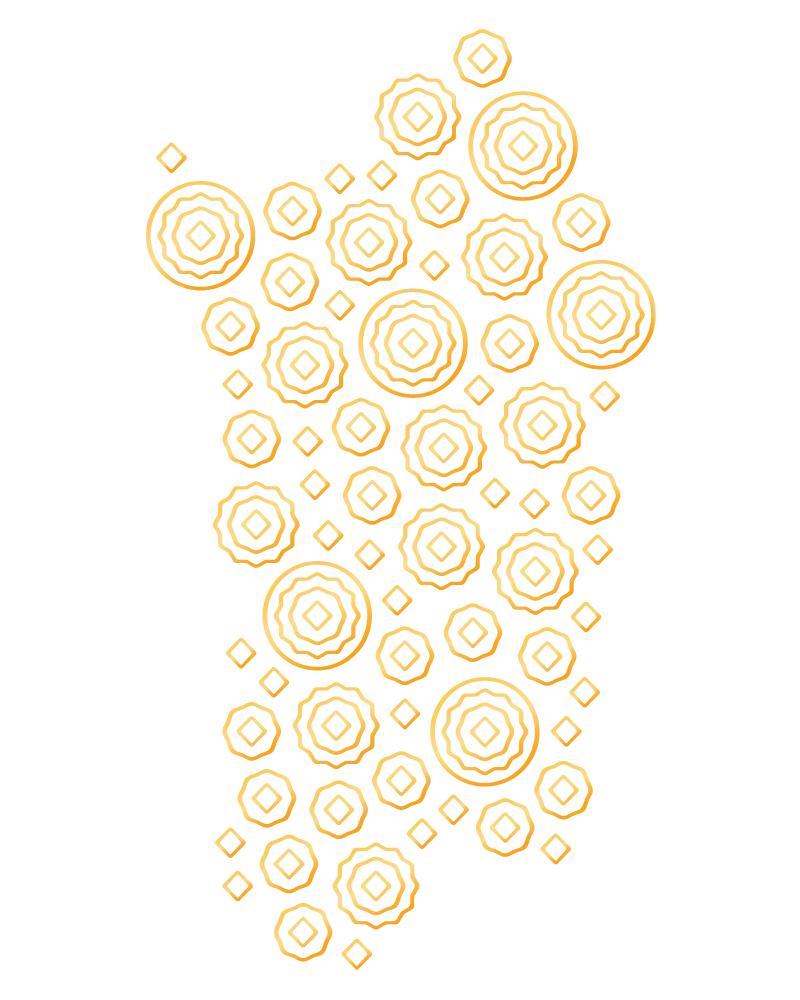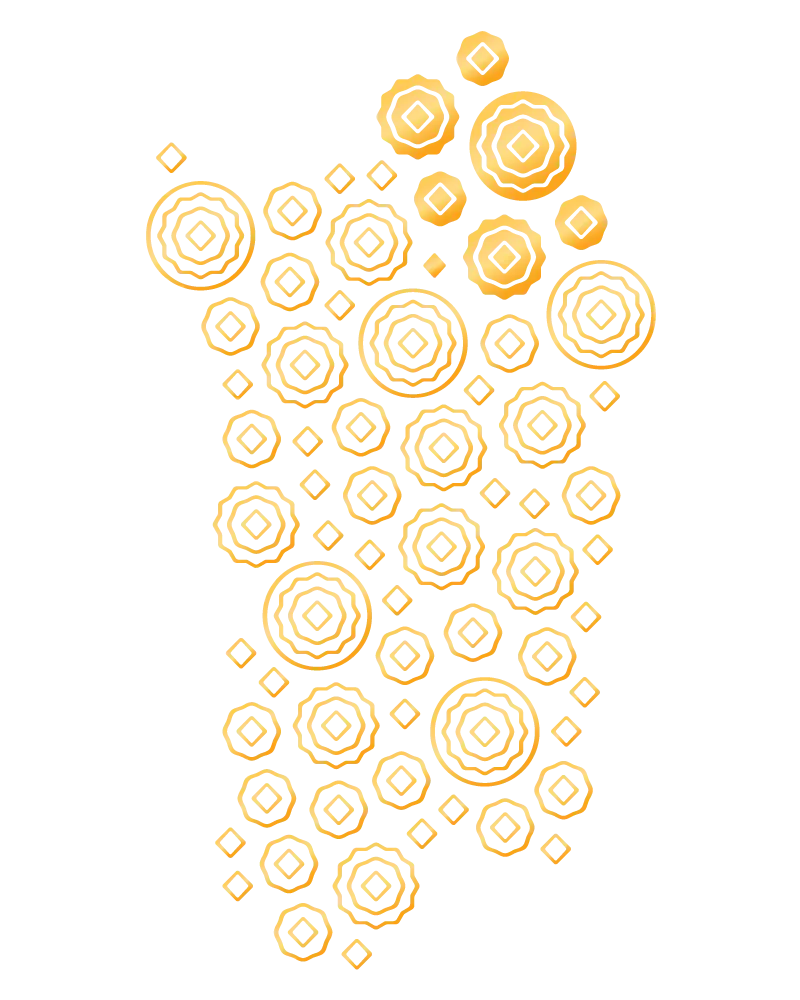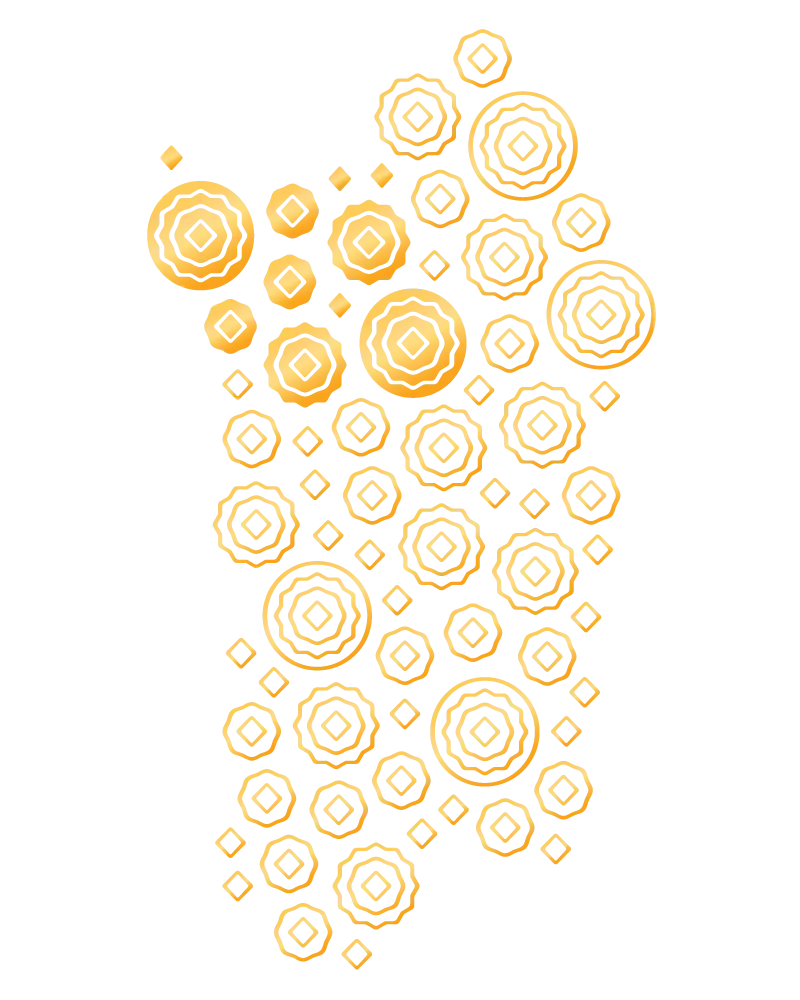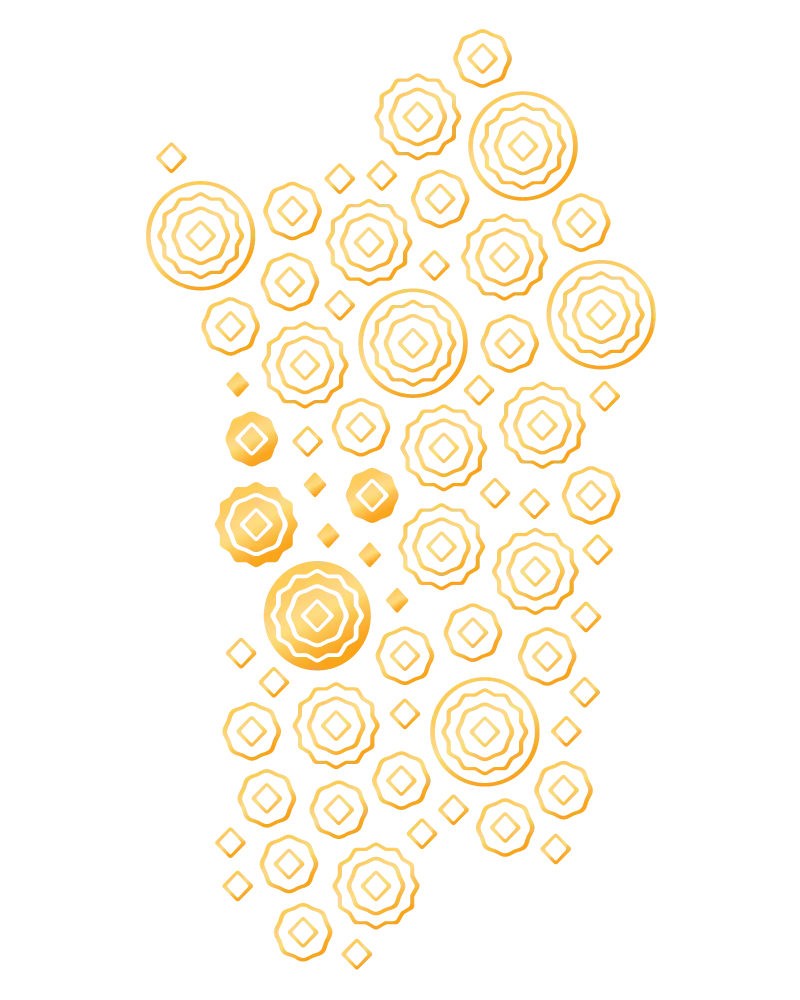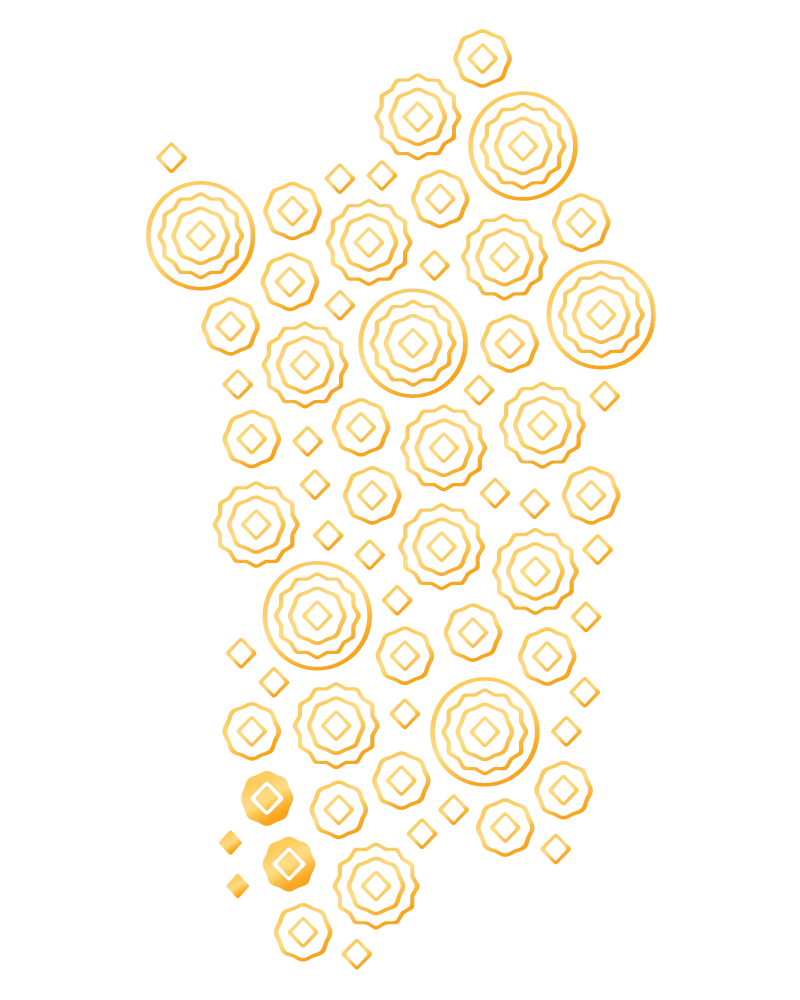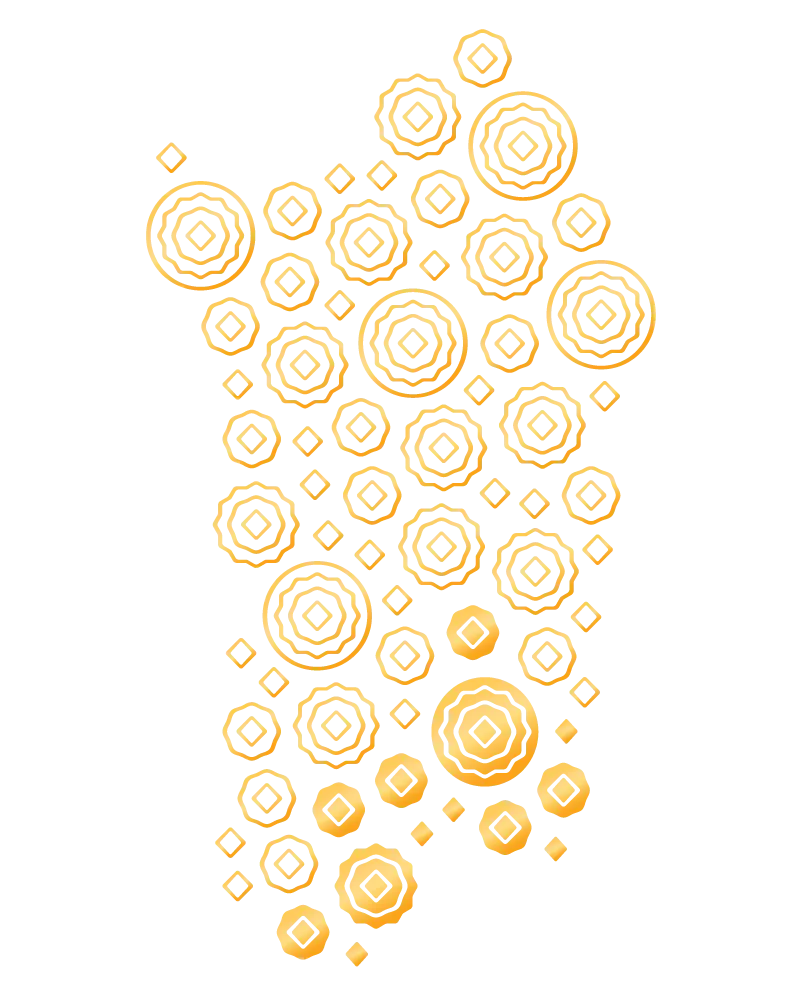The Cantu a tenore census and network
This section of the site collects information on the two main focuses of the Modas project, a census on the topic, a comprehensive survey displaying in quantitative terms (and other aspects) the current situation of cantu a tenore, and the creation of a regional network of singers, choirs, associations, and local institutions, aimed at developing a dialectic that is conducive to the creation of projects related to the world of polyphonic singing in the oral tradition in Sardinia, within a frame of inclusion and networking between local communities.
One of the initiatives of the MODAS project was the census, i.e. to carry out a comprehensive survey to discover in quantitative terms (and more) the current situation of cantu a tenore.
First of all, it should be noted that the practice of cantu a tenore has peculiar features that must be taken into consideration firsthand. The survey was thus carried out by taking into account the different realities and bringing out the local and territorial differences and quirks.
The task of taking the census was entrusted to the two great associations of singers operating on the island: Associazione Tenores Sardegna and Associazione Boches a Tenore.
The associations collaborated with two ethnomusicologists, Luigi Oliva and Sebastiano Pilosu, for the coordination of the initiatives, the collection of data, and the subsequent organization and presentation of them all.
In each community, among the most active singers, those who could play an essential role as an interface between the researchers and the local community were identified.
At least 100 singers collaborated in the census in almost as many Sardinian towns.
A questionnaire was also created to be individually given to the singers; theoretically to all of them, but in practice to a large and significant sample of them. The questionnaire was implemented on IT support, through Google Forms, so that it could be easily sent to individual singers via WhatsApp or e-mail (it was not possible to publish it on social media to avoid unwanted compilations by third parties). We're certain that the questionnaire was indeed filled in by the singers, whose names are all in the database of the artists surveyed.
The duration of the investigation would have been much shorter and the work even more thorough if we had all been able to work under normal conditions, but unfortunately, just as we were about to start the work, the Covid-19 pandemic presented us countless obstacles, caused delays and considerable difficulties for each operator.
Considering that all the operators involved and, in particular, the two ethnomusicologists already had a wealth of knowledge about the world of cantu a tenore, the size of its membership, and the number of communities involved, we started with the historically known communities and gradually expanded the field of investigation to other Sardinian communities.
We decided not to impose any initial filter on the identification of singers. Quality of singing, singing in official or public contexts, publication of albums, guttural vocal emission or not, profession, age, etc. Such variables in some cases do not adhere to the requirement of objectivity and, in other cases, they would have been arbitrary (albeit in a shallow sense "objective") evaluations and classifications that would have excluded many singers who are true protagonists of the practice of cantu a tenore singing in their own communities. On the other hand, these variables or discriminating factors are part of the evidence to be surveyed and studied, and therefore the survey concerned all the Sardinian singers.
It is practically a third of Sardinian municipalities, distributed mainly in the center-north of the island, with a fairly clear prevalence of the province of Nuoro. This number represents the totality of the towns in which there are cantu a tenore singers.
These are not necessarily municipalities that have kept their peculiar singing style (the local fashion). In some cases, however, this was due to municipalities in which the practice of singing cantu a tenore is relatively recent and the number of singers is quite small.
This figure is thought to be lower than the real number of singers, even if it represents a good approximation. If we take into account the popular and spontaneous character of the practice, and also the fact that these are traditional songs that originate from a pastoral and agricultural civilization that has undergone enormous changes in recent decades, and also the revolution that has taken place in the media and several other economic, social, and cultural changes that have occurred in recent decades, it can certainly be said that cantu a tenore is alive and still very strong in many Sardinian communities.
An analysis of the distribution of the data displays that the number of singers is, on average, equal to 39 singers per municipality, the variance of the data is quite high and the standard deviation is = ±45 , with extreme peaks of only 1 singer active in some towns and over 200 singers in other communities, and this requires a reflection on the initiatives to be undertaken in the future, favoring those communities in which singing is in extreme difficulty due to the small number of singers.
The questionnaire, submitted through a Google Form, has been filled in to date by a considerable number of singers: 525 individual forms completed. This sample is quite consistent as it represents 15.8% of the population, or rather of the singers surveyed. However, we could not articulate this sampling in terms that are statistically correct and consistent with the structure of the population: by age, by profession, by qualification; as the very choice of the type of submission, through information technology, inserts non-random variables that partially invalidate the possibility of extending the value of the data obtained to the entire population. The greater ease of access to computers of new generations appears evident and, vice versa, greater difficulties and reluctance on the part of the elderly; the same is true for the level of education, which makes the results lean towards the higher levels of scholarship; the same happens for the professions of the singers: shepherds and, in general, those who work in the countryside have less confidence with information technology and also a greater distrust of providing information online.
Having made these preliminary, but necessary, observations, the data nevertheless represent an important tool for approaching a good level of knowledge of the world of cantu a tenore as it provides us, with a fair approximation, a varied and very interesting picture and very useful data for future projects and for initiatives to be implemented to actively safeguard the asset.
The questionnaire, in addition to providing basic personal data, tells us about the role played by the singers in the choir (a tenore), their versatility, the singing contexts and the functions connected to them, the diachronic changes, the current state of the practice, the participation in organized groups and performances, the publication of albums, the correlation between singing and the profession of the singer, the coexistence in the life of the singers of other traditional and non-traditional musical and poetic forms, the practice or not of other genres of music. Despite the statistical limitations, it is however the most important investigative work, in quantitative terms, realized to date on cantu a tenore, the largest amount of data that has ever been collected on this practice.
The set of data relative to the census of the population of the singers, together with that emerging from the questionnaire forms, represents a database of formidable value for enhancing the knowledge of the topic that is available to scholars and cultural operators, but especially important for the singers themselves, for the growth of the awareness of their own activities and for their motivation to walk the difficult path of cantu a tenore in the modern world.
